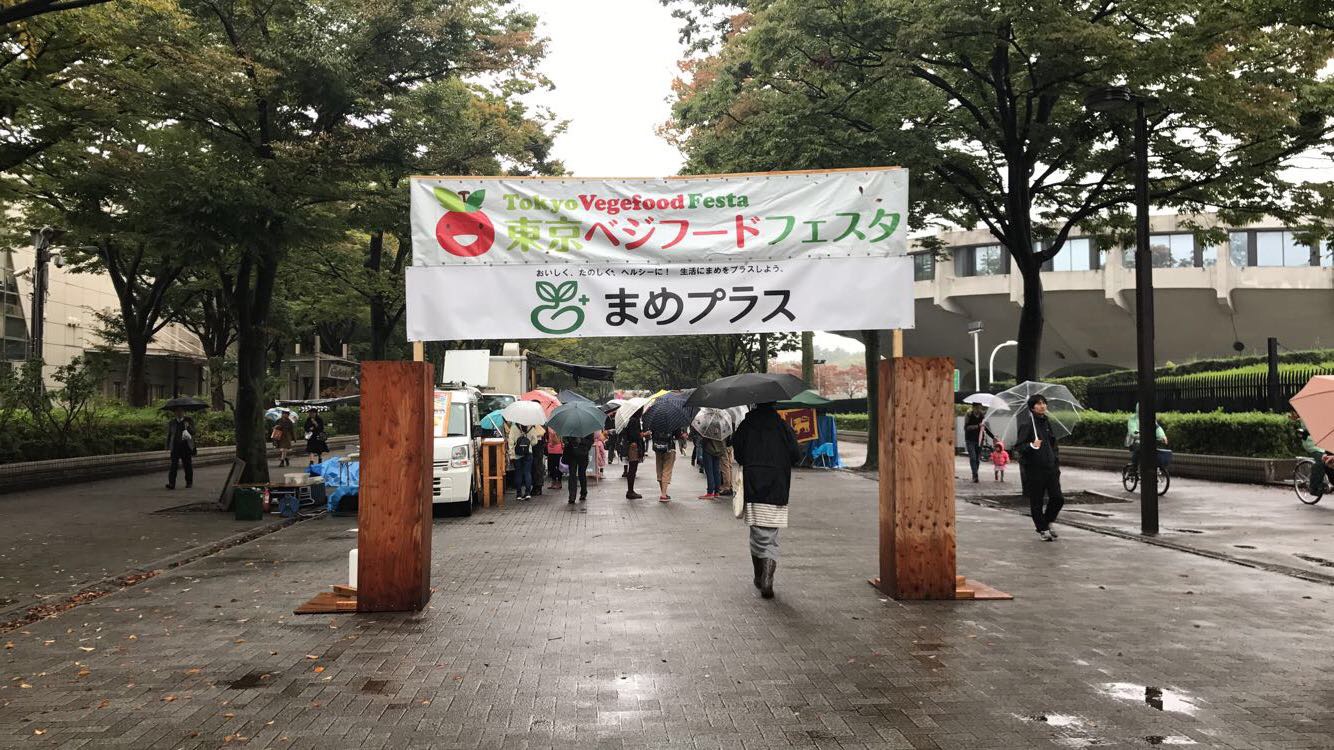Tokyo Comic Con 2017
It was interesting experiencing my first Comic Con in Japan, while I didn’t expect it to be as busy as the ones that take place in the U.S. it was cool to see celebrities like Stan Lee and Michael Rooker in the flesh. There were some Japanese movies being displayed, and it was evident that this event was mainly catered towards a Japanese audience. I think observing how popular media is marketed towards its audiences and how different Comic Con in Tokyo was in comparison to what I see of Comic Con in the U.S. gave me a better understanding of how a Japanese audience differed from the U.S. market that I was conditioned and grew up in. While I only attended a single day of Comic Con in Tokyo, it didn’t seem too crowded, at least in comparison to the later anime and manga conventions I attended. The distinction between American comics and comics aimed at a Japanese audience was also something I took note of during this convention.
Because manga caters to much of the audience that I feel American comics would target in Japan, I can understand why the crowd at Comic Con wasn’t as big as Jump Festa. Furthermore, at least from my perception, there were more foreigners at Comic Con than Jump Festa (although foreigners did definitely attend). This brings me to considering the soft power of each of these countries. I’d say the ratio of Americans who enjoy anime, manga, and Japanese media is greater than the ratio of Japanese who enjoy American popular media, but this could be a consequence of my experiences being one of those people who could be labeled as an “otaku”. Anime and manga in the U.S. tend to have niche communities whereas as far as I can tell American popular media is enjoyed by general, wide audiences in Japan (anime and manga also have general audiences although niche communities exist for them as well).
On subways in Tokyo, often seen are people of all ages (I most often saw men) reading issues of some branch of the Jump magazine. Or they’ll be on their phones reading manga, playing a phone game (very common), or watching anime. Subways are quiet spaces in Japan and the expectation is that any disturbances or noise be kept to a minimum. When I asked some of my friends who had visited Tokyo, some had even said they didn’t notice that was the standard, but if you’re on the subway in Tokyo and just pay attention to the locals around you, you’ll notice that most everyone isn’t speaking. When I was researching what to expect when coming to Tokyo, this was a warning I came across often. In the interest of trying to be as respectful as possible, I tried my best to keep quiet while on the subway as well, even when I visited Tokyo with friends I made at CUHK after my exchange in Tokyo was over. It was conflicting to balance communicating with my friends, who had no idea what kind of social expectations were typical, and trying to maintain respect to the social rules I had by then been used to adhering to when I lived in Tokyo.
In honor of Stan Lee, who passed away this past year, I’d like to express my condolences. He was an amazing storyteller who gave so many such inspiring art and stories. I’m so grateful to have been able to hear him speak at Tokyo Comic Con 2018 and I will never forget the contributions (that I have definitely taken for granted) he made that have made an impact on my life and the lives of many others. Rest in peace, Stan Lee.







